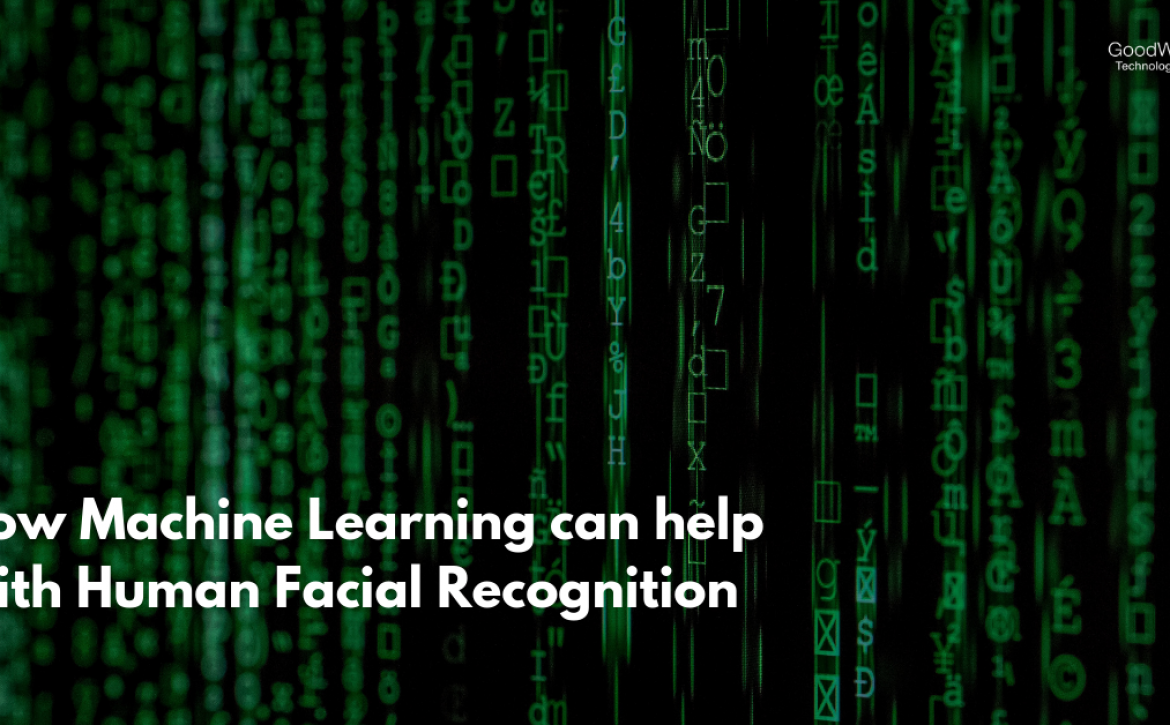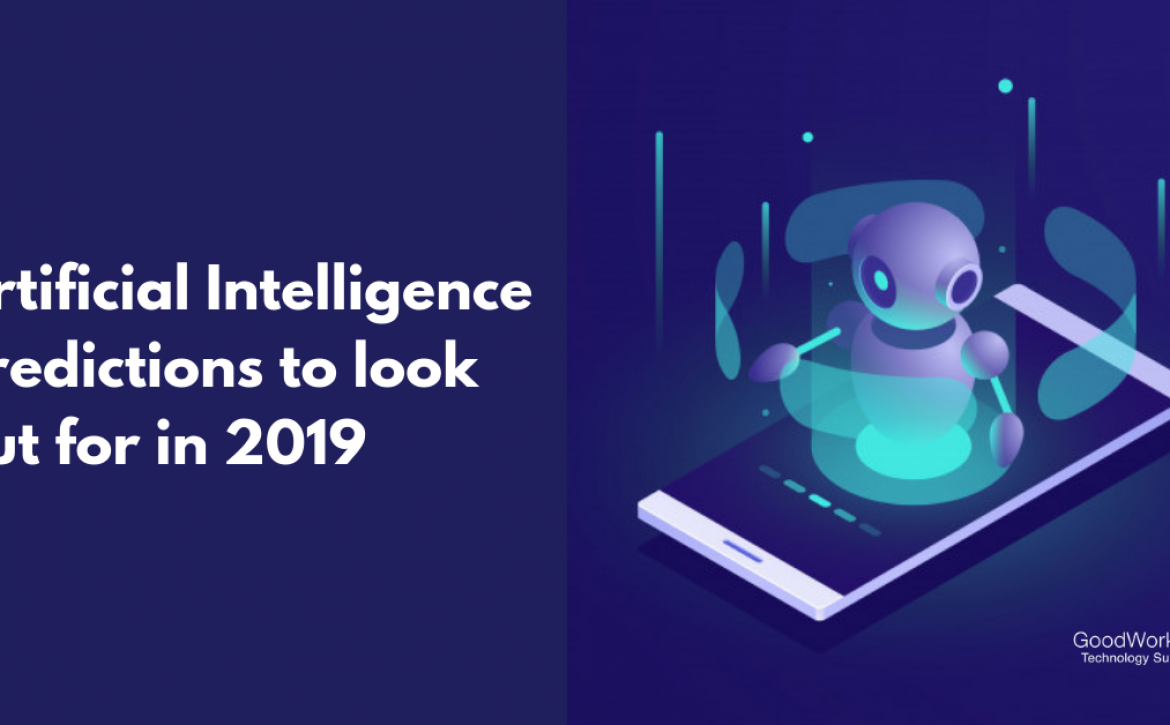Better Medicine through Machine Learning: What’s real, what’s artificial?
Artificial Intelligence is a part of our day to day lives.
Advancement in the field of AI might be the latest buzz in the tech world but AI in itself is not the new kid in the block. The first instances of AI can be found back as late as the 1960s. It was during this time that researchers and experts of cognitive sciences and engineering first started to work on a smarter and more responsive technology.
The idea was to create a computing language that like humans could learn, reason, sense and perform. With the advancement in AI, a subfield came to the forefront which we call the ML or Machine Learning.
It developed as researchers started to use numerical strategies coordinating standards from optimization computing and statistics thus teaching the programs to perform the jobs naturally by processing the data at hand.
Since then a lot has happened in the field of AI, especially in recent years. Artificial Intelligence is involved in our day to day lives. Some of the notable works remain to be gaming and transportation sector being driven by computer vision and planning and phone-based conversational apps that operate through speech processing. Besides that, we have also seen significant progress in works like language procession and knowledge representation as well.

In this write-up, we will focus on the advances made by AI and Machine Learning in the Medical field. We will discuss the various ways in which we can use ML in that respect.
ML FOR DIAGNOSIS
There is a lot of scope for ML in medical practice especially when it comes to the diagnosis of the patient. Experts in the field believe that the medical imaging sector will have a significant impact. For example, ML algorithms that can naturally process 2 or 3-dimensional scans to confirm the condition and follow up with the diagnosis. Often these algorithms use deep learning to influence the image data to undertake the respective tasks. Deep learning is of great use in the field of ophthalmology. Recently a healthcare automation company named as the IDx developed a software that can scan images to detect signs of diabetic retinopathy. It is cloud-based software that has already received a green signal from the FDA (US Food and Drug Administration). This kind of software can be of great help in places which are low on resources and yet have a bulk load of complex imaging data to process. Deep learning based software has also proved to be helpful in radiology as well.
DISCOVERING DISEASE SUBTYPES
The classification and description of diseases and their subtypes that are used today are solely based on the symptoms related observations that were recorded centuries ago. With the advancement in technology, the time has come to opt for a more data-driven approach for classification and diagnosis of diseases.
Some researchers have been working in this respect for diseases like allergy and asthma. They assessed the data from the Manchester Asthma and Allergy Study (MAAS). After analyzing they were able to recognize novel phenotypes of childhood atopy. They have further their research and identified clusters of component-specific IgE sensitization through hierarchical cluster analyses. This according to them will be able to detect the risk of childhood asthma more efficiently.
Experts believe that there is ample scope of using the same data-driven technology to aid in the diagnosis of other diseases as well. Using Machine Learning to detect new actionable disease subsets will be instrumental in the advancement of precision medicine.
ML CAN REDUCE MEDICATION ERRORS BY DETECTING ANOMALIES
Fluctuating healthcare costs, morbidity, and mortality, all are the by-products of the wrong medication or rather medication errors. All these errors are identifiable through expert chart reviews, the rules-based approach of EMR screening, and use of triggers and audits of events. But all these are faced with a number of hurdles such as time consumption, suboptimal specificity, and sensitivity, high expenses, etc.
On the other hand, anomaly detection techniques that use ML start with developing a probabilistic model. This model will ascertain what is likely to happen in a given context by using historical data. By utilizing that model a new approach within a particular context will be shown as an anomaly if the probability of that happening is at a lower percentage. For example, the patient’s characteristics can be studied after the particular dose of a certain medication to understand the anomaly.
This kind of technology is already in use. MedAware is a commercially used system that detects medication errors with the help of anomaly detection.
ML AUGMENTED DOCTOR
There is no denying that ML has great potential to alter the traditional rules and methods of clinical care. But one has to be absolutely sure about the technology used before implementing it. Using the wrong methods can be harmful and even be fatal to the patients.
Let’s take an example: Someone wants to foretell the risk of emergency admissions in hospitals by utilizing a model that is trained on past admissions information and data of patients with varied symptoms. Generally, admissions depend on the availability of beds in a medical center, medical insurance of the patient and the reimbursement. The trained model might be able to work out a population level planning of resource to use it for individual-level triage. But it can falsely identify a person and determine that he/she does not require admission. So the algorithm has to be fully tested and trained to avoid such mistakes.
Another downside of naive implementation of a deep learning algorithm in medical care is to acknowledge associations in the training datasets that are not completely related to clinical prediction. These are not even relevant externally. Methods that influence causal elements are less inclined to such overfitting. Faithful development of training datasets and various external approval efforts for each model can give some affirmation that ML-based models are legitimate. These developments need to be validated by medical data scientists so that there is absolutely no risk to the patients. ML can be used for medical care and can benefit many patients. So there is no need to avoid ML. The medical practitioners should learn to understand the idea and technology and use it for the improvement of patient care.























